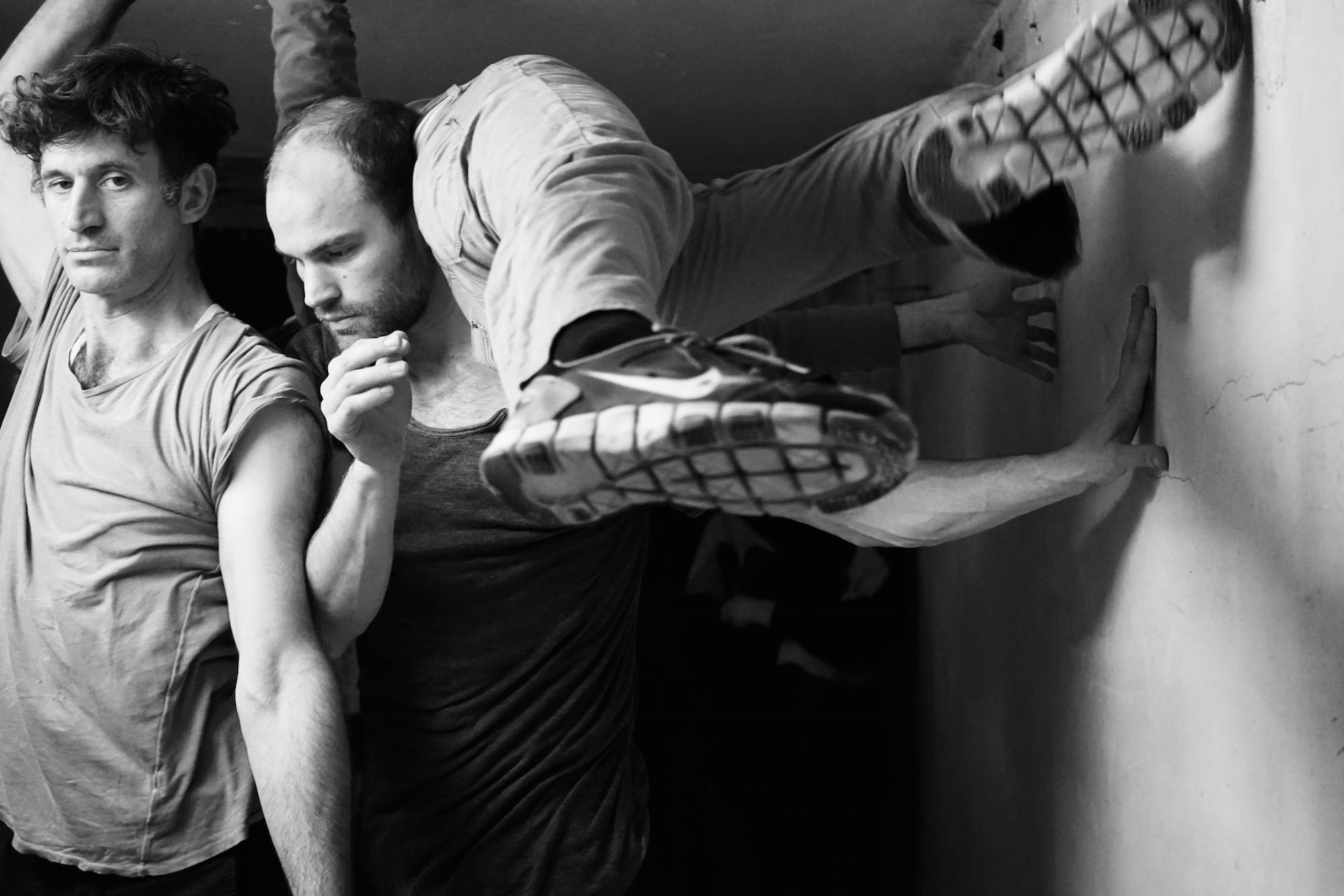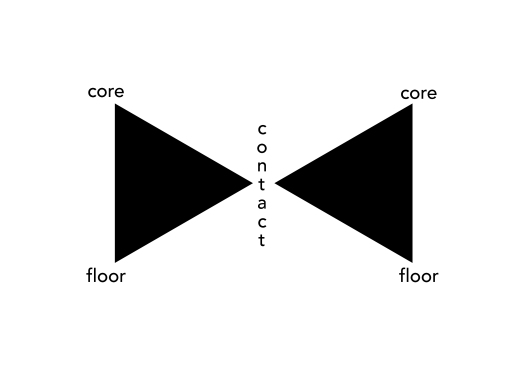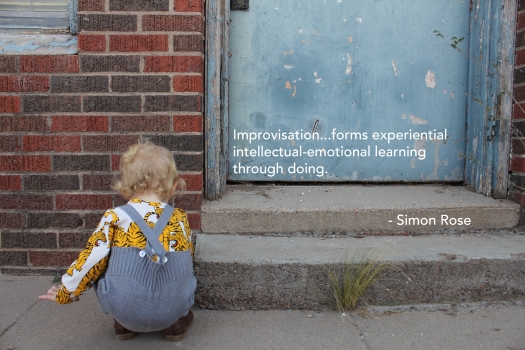


the philosophy of movement

First shalt thou take thine partner up to thine shoulder. Then shalt thou turn three times. No more. No less. Three shalt be the number of thine turns, and the number of the turns shall be three. Four shalt thou not count, nor either turneth thou two, excepting that thou then proceed to three turns. Five is right out. Once the number three, being the third turn, be reached, then slideth thou thine partner down thine back towardeth the floor.
#Kealiinohomoku
It is good anthropology to think of contact improvisation as a form of ethnic dance. Currently, that idea is unacceptable to most Western dance scholars. This lack of agreement shows clearly that something is amiss in the communication of ideas between the scholars of dance and those of anthropology, and this paper is an attempt to bridge that communication gap.
Although claims have been made for universal dance forms or international forms in actuality neither a universal form nor a truly international form of dance is in existence and it is doubtful whether any such dance form can ever exist except in theory.
Nevertheless, contact improvisation is a product of the Western world, and it is a dance form developed by Caucasians who speak Indo-European languages and who share a common European tradition. Granted that contact improvisation is international in that it “belongs” to European countries plus groups of European descendants in the Americas. But, when contact improvisation appears in such countries as Japan or Korea it becomes a borrowed and alien form. Granted also that contact improvisation has had a complex history of influences, this does not undermine its effectiveness as an ethnic form.
So distinctive is the “look” of contact improvisation, that it is probably safe to say that contact improvisation dances graphically rendered by silhouettes would never be mistaken for anything else.
The question is not whether contact improvisation reflects its own heritage. The question is why we seem to need to believe that contact improvisation has somehow become a-cultural. Why are we afraid to call it an ethnic form?
We should indeed speak of ethnic dance forms, and we should not believe that this term is derisive when it includes contact improvisation since contact improvisation reflects the cultural traditions from which it developed.
joyous anatomical movement, just any movement, justify all motivations, just anatomical motivations, juried anatomical motivations, joint articulated motion, jointly arranged motifs, judiciously articulated meaning, juxtapose all meaning, jettison any meaning.
as with any jam, combine the known variables to suit your needs in the moment
A contact improvisation duet can also be described as a kinematic pair, “a connection between two physical objects that imposes constraints on their relative movement.”
If ballet is the “negation of weight” (Kuppers 2000, 123), I would say that Contact Improvisation is the negotiation of weight.
Petra Kuppers (2000) Accessible Education: Aesthetics, bodies and disability, Research in Dance Education, 1:2, 119-131.
hypothesis:
The Penumbra of Spatial Apprehension figures prominently in Contact at 10th and 2nd.

The distances between elements can vary.
The number of floor contacts per individual can vary.
The number of contact surfaces between individuals can vary.

Overlie’s observer/participant = Peter’s irony = Agamben’s messiah